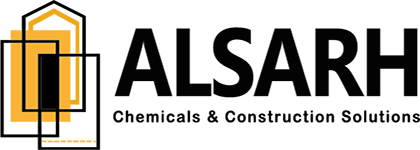Content
- Typical Income Statement for Banks
- Bank Balance Sheet: Assets, Liabilities, and Bank Capital
- WHAT LED TO THE FINANCIAL CRISIS OF 2008–2009?
- The Small Business Community is now Small Business Resources.
- PROFESSIONAL DEVELOPMENTWhich payroll schedule is right for your business?
- Banking Assets and Liabilities
The balance sheet is prepared after the income statement is closed and reflects any profit or loss from the period’s activity. The amounts shown on the balance sheet are the ending balances in the asset, liability, and owner’s equity accounts “as of” the end of the reporting period. Unlike the income statement accounts, these amounts are not set to zero. The ending balances in these accounts become the beginning balances in the next reporting period. When a lender or bank is deciding whether to provide credit to a business, a balance sheet helps them estimate risk. Lenders typically look at liabilities to ensure a business isn’t overextending itself financially—lenders want to make their money back.
Shopify Balance is a free financial account that lets you manage your business’ money from Shopify admin. Pay no monthly fees, get payouts up to 4 days earlier, and earn cash back on eligible purchases. bookkeeping for startups Most assets are tangible assets, but there are also intangible assets. If someone is looking to acquire your business, they’ll request a balance sheet to help understand your financial position.
Typical Income Statement for Banks
To fix a bank balance sheet filled with level 3 loan assets so that it more accurately reflects the market value of assets, you’ll want to deduct a small percentage of the total dollar value of level 3 assets from the balance sheet. Bank balance sheet lie #1 was that banks report the majority of assets on their balance sheet NOT at fair value. However, banks must still disclose the fair value of those assets in the footnotes of their financial statements. If a central bank requires commercial banks to keep 10% of their deposited money, then banks are required to keep 10% of $4,000 in their vaults.
Assets are anything the company owns that holds some quantifiable value, which means that they could be liquidated and turned into cash. Where fixed assets are impaired they must be reduced to their recoverable amount and inventories to NRV. If a general price index is not available then an estimate should be based on movements in the exchange rate between the functional and a relatively stable foreign currency. Balance sheet amounts should be restated by applying a general price index. However, monetary items are not restated as they are already recorded in current monetary terms.
Bank Balance Sheet: Assets, Liabilities, and Bank Capital
However in terms of volume in the US market, CDOs are comparable to credit card and automobile loan asset-backed securities, as illustrated in Figure 28.3 below. While a bank will quite obviously seek to avoid negative capitalization, i.e., insolvency, finding the optimum mix between debt and equity is complex. Modigliani and Miller (1958) provide the starting point for any discussion of this issue from the point of view of corporate finance theory. They show that, assuming perfect markets, a firm’s decision to finance its operations with debt versus equity does not affect the value of a firm; i.e., the capital structure is irrelevant.
How do you write a bank balance sheet?
- Invest in accounting software.
- Create a heading.
- Use the basic accounting equation to separate each section.
- Include all of your assets.
- Create a section for liabilities.
- Create a section for owner's equity.
- Add total liabilities to total owner's equity.
